PROTECT YOUR DNA WITH QUANTUM TECHNOLOGY
Orgo-Life the new way to the future Advertising by Adpathway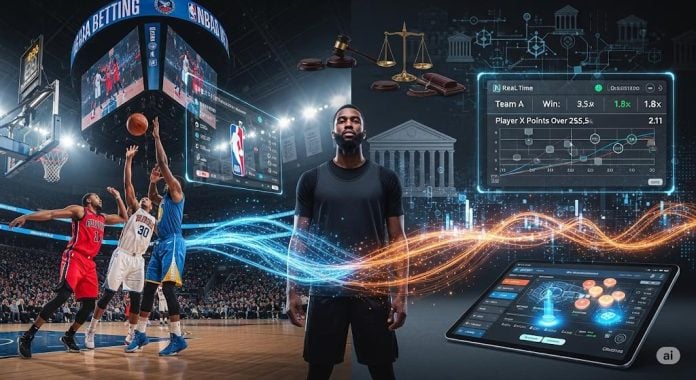
The 2018 decision that struck down PASPA was an important development in sports, changing the environment’s landscape of sports betting. Initially against gambling, major professional leagues such as the NBA shifted into support of regulation following the decision of the Supreme Court. New revenue was not the only reason behind this strategic move; it was a practical approach to a huge illegal market. With the adoption of legalized sports betting, the leagues acquired critical control, transparency, and the chance to oversee possible integrity problems. Major contributions were made by visionary leadership, especially by Adam Silver, the NBA Commissioner. His historical initiative on the NBA to regulate and the following partnership with MGM Resorts International opened the doors to a precedent, as it proved how proactive convergence can transform a historical problematic into a transparent and valuable one.
2. The Financial Landscape: Revenue Growth and Market Dynamics in 2025
The U.S. sports betting industry is experiencing a serious growth trend owing to the massive regulation of online and mobile betting. The market size was estimated to be $17.94 billion in 2024, and it will reach the levels of $19.76 billion by the year 2025, revealing the Compound Annual Growth Rate (CAGR) of 10.9% up to the year 2030. Online betting is the main driver of this healthy growth of the market, with a forecast to realize the highest CAGR of 12.8%, owing to the growing use of the internet and smartphone penetration. Basketball, specifically, is one such main driver, as it is expected to offer the highest CAGR between 2025 and 2030, with the NBA and NCAA games being very frequent and live and micro-wagers being more popular. In 2024, the industry produced roughly 14 billion dollars worth of revenue with an overall handle of approximately 150 billion dollars, producing close to 3 billion dollars in state taxes. Although the market traditionally witnessed somewhat quiet periods during the last months, it is also showing strength as states, such as New York and New Jersey, continue to record high wagering levels. This shows a maturing market that is less dependent on big tentpole events and is rather fed continuously through constant active acquisition, which is key to long-term revenue stability.
The introduction of sports betting into law has presented huge financial opportunities to the NBA. According to the estimations of the American Gaming Association (AGA), the increased revenues of the league are estimated at an additional amount of $585 million overall, with most of the gains attributable to the increased fan engagement and gaming-related streams. It should be mentioned that such revenues are not considered direct betting payouts but rather can be referred to as secondary effects, such as sponsorships, advertising, and product fees. This can be seen in the fact that team sponsorships have increased tremendously between 2021 to 2023, with a huge part of the surge triggered by gambling-associated transactions. In addition to taking the conventional approach of sponsorships, the NBA also earns another source of revenue in the form of a high-value and intangible revenue source of licensing its official data and establishing its brand with bookmakers. Like the partnership with Sportradar, which was worth a whopping 1 billion dollars and gives exclusive rights to NBA data. This data is proprietary and is thus the important raw material on which real-time live and prop betting can operate, making the league the critical infrastructure provider in the betting ecosystem and further entrenching its dominant position over the field.
3. Enhancing Fan Engagement and Viewership
The NBA is outright revolutionizing the way that fans follow the game by directly incorporating a seamless betting experience as a part of its product. This approach includes in-arena sportsbooks and on-air advertisement, and together with cutting-edge streaming technology should enable real-time betting data and even microbets based on individual plays. This interactive initiative, aimed at transforming every moment into a more engaging fan experience, increases revenue. But it also takes the fan experience to a more transactional relationship, risking the prior relationship of emotion to the sport. Social media and digital platforms have emerged as crucial ecosystems of this new type of fandom, and the communities on platforms such as X and Reddit share real-time news, stories, and tips. The user-generated content is decentralized, which is challenging to the NBA, which has to find its way in this space responsibly. The consequence of such integration has become a dramatic shift in fan consumption patterns, as some traditional television ratings might be declining, but fan overall content consumption and paid subscriptions are increasing to show that a digitally native, obsessively engaged fan base is how the NBA will be able to grow and monetize its future.
4. Safeguarding Integrity and Addressing Challenges
As a way of preserving its game integrity, the NBA has a stringent gambling policy, preventing all its personnel, including the players and officials, from placing bets on league matches. This is a key element to help build and keep trust, yet the Jontay Porter scandal of 2024 put the firewall to the test. The lifetime ban Porter received due to leaking information and betting on his performance brought out one of the major weaknesses, especially for lower-paid players. So, several examples, in reaction, the league quickly evolved its rules, proving that regulated bookmakers in 2025, with their transparent data sharing and integrity monitoring, could be a potent corruption detection tool. Such an all-encompassing strategy around integrity features massive cooperation with licensed bookmakers, separate monitors, such as IC360, that employ sophisticated analytics and AI to monitor abnormal betting patterns. An example of this was the league partnering with Sportradar to establish a closed feedback loop through official NBA data, powering the market and, in turn, transparent betting data from the market, powering the intelligence to prevent manipulation.
The league recognises societal dangers of this growing market, too. The NBA is a board member of responsible gambling, and has partnered with the Have A Game Plan Bet Responsibly campaign organized by the American Gaming Association and the National Council on Problem Gambling. The industry can also be sustainable in the long term through this public health strategy, where education and the prevention of harm occur. But one huge negative externality of such commercial success is the mental health of players. Normalization of sports betting has increased the commercialization of the relationship between fans and stars, especially when competition is high and abuse and harassment related to gambling increase. An example of this is players such as Tyrese Haliburton, who have come out to report receiving hateful remarks to the point where their performance alters a fan’s betting position. Such a dynamic highlights the necessity to create strong player protection and mental health support systems in the league. The future of the NBA in the world after PASPA is that of continual adjustment as they attempt to create balance between the unprecedented commercialization and risk to the integrity of games and the health of NBA players.
5. Technological Innovations Driving the Future of NBA Betting
Employing state-of-the-art technology, the NBA arena is dramatically transforming its in-game plan as well as fan experience. AI and data analytics, as an example, not only empower the ability of the teams to enhance the performance of the players and even predict injuries, but they are also geared to transform sports betting. Partners such as Sportradar use AI to make personal recommendations and dynamically change odds during the game, which drastically increases fan engagement and sports betting turnover. Such a combination of technologies poses a very powerful feedback loop because the very data that is used to gain a competitive advantage now is the raw resource to an even more immersive and commercialized betting ecosystem. In the future, Virtual Reality (VR) will become the next horizon and will break down the boundaries between spectators and betters as fans will now be able to virtually take a courtside position and have the available real-time odds and statistics at their fingertips. This will allow completely different classes of microbets and promote new social orders. The NBA is also looking into peer-to-peer wagering in blockchain technology and fan tokens to create a safe, peer-to-peer exchange, which, though presenting new income generation, will need a cautious approach to navigate the regulatory framework.
6. Regulatory Environment and Future Outlook for 2025 and Beyond
A complicated and dynamic regulatory environment is critical to the future of the sports betting industry. Already boasting 38 states and D.C. that have legalized wagering, the market is still growing, with Missouri recently joining the combination, and the mammoth potential markets like California and Texas (which could bring in billions of dollars in revenue) are just beginning as the final, large holdouts. Such state-by-state piecemeal, however, provides a disjointed landscape that demands a quick-pivoting approach of organizations such as the NBA. Another major federal issue is that of sports prediction markets, which the NBA has cited to the CFTC as being a major concern for game integrity. The main issue that the league has with these platforms is the fact that they do not come with the strength of measures that licensed bookmakers must be equipped with, such as data sharing and age verification. This loophole encourages gambling in those states where it is otherwise prohibited, and it cuts across the attempt by the NBA to secure its business. The main task of all stakeholders in the field is to find a compromise and make their way through this dynamic tension, conducting a kind of balance between the vast opportunities of an expanding market and the necessity to make sure that the game is controlled constantly and the safety of players.




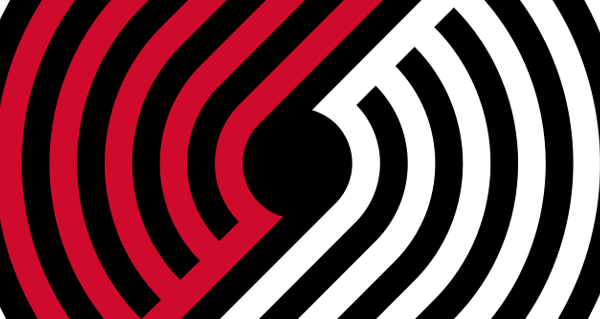

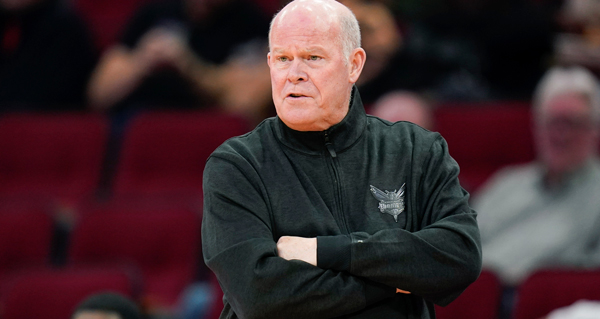

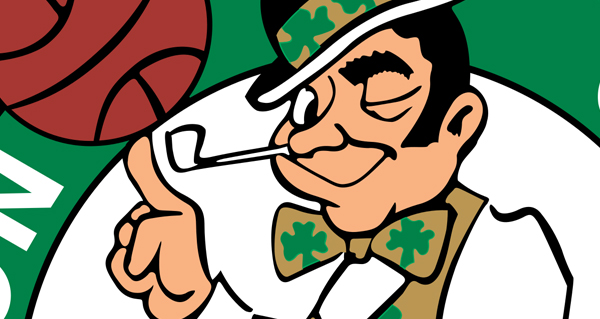





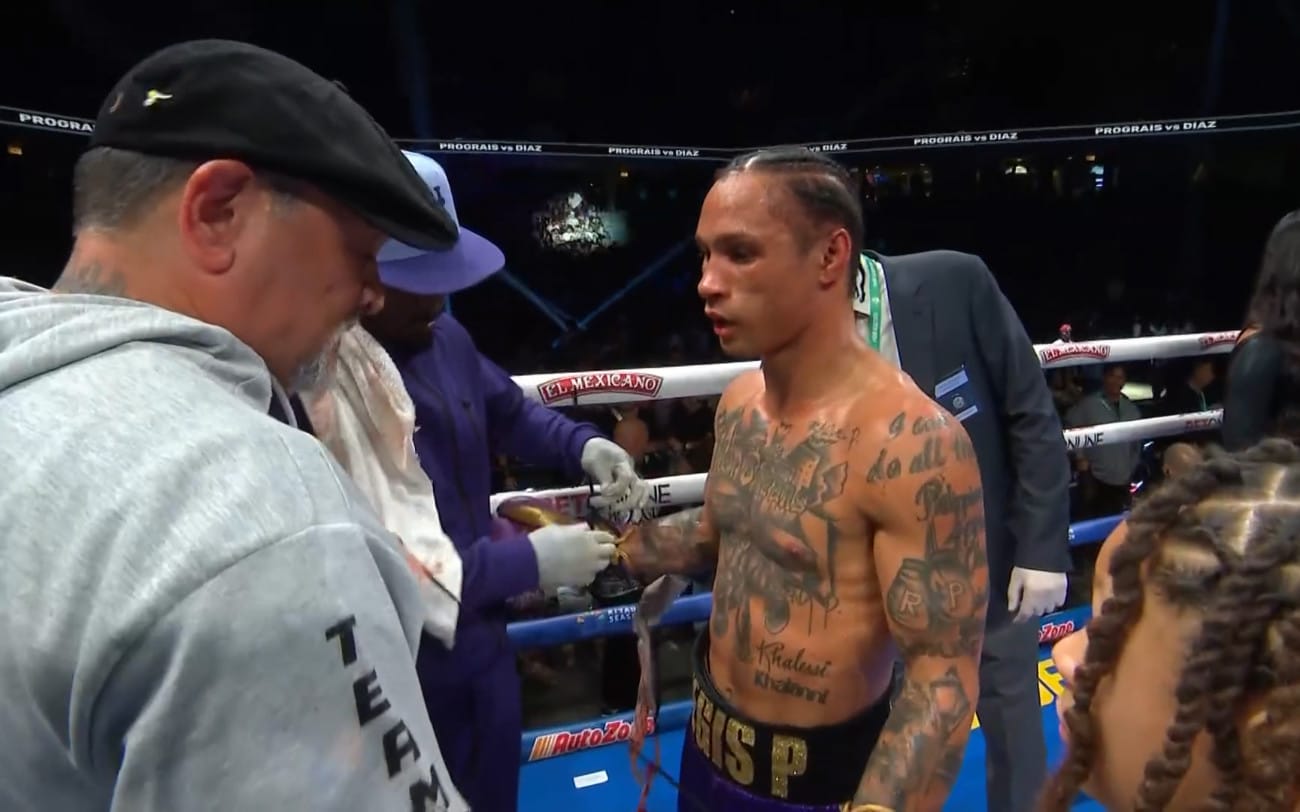
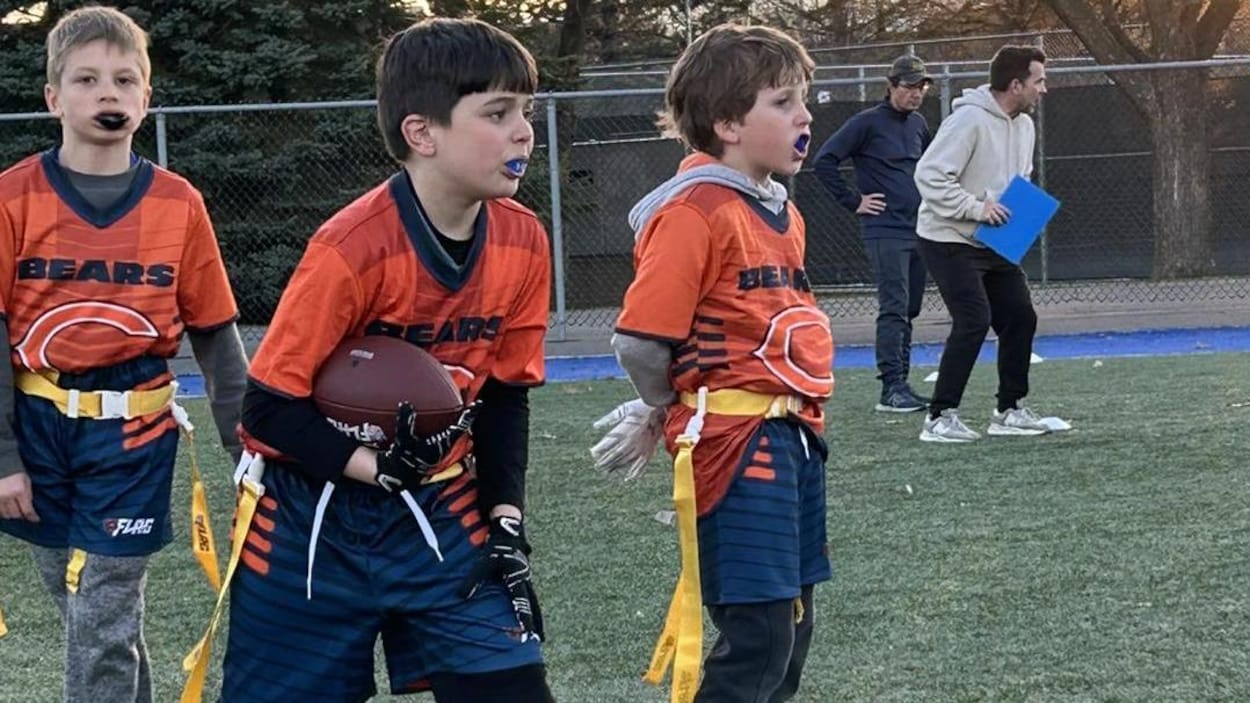
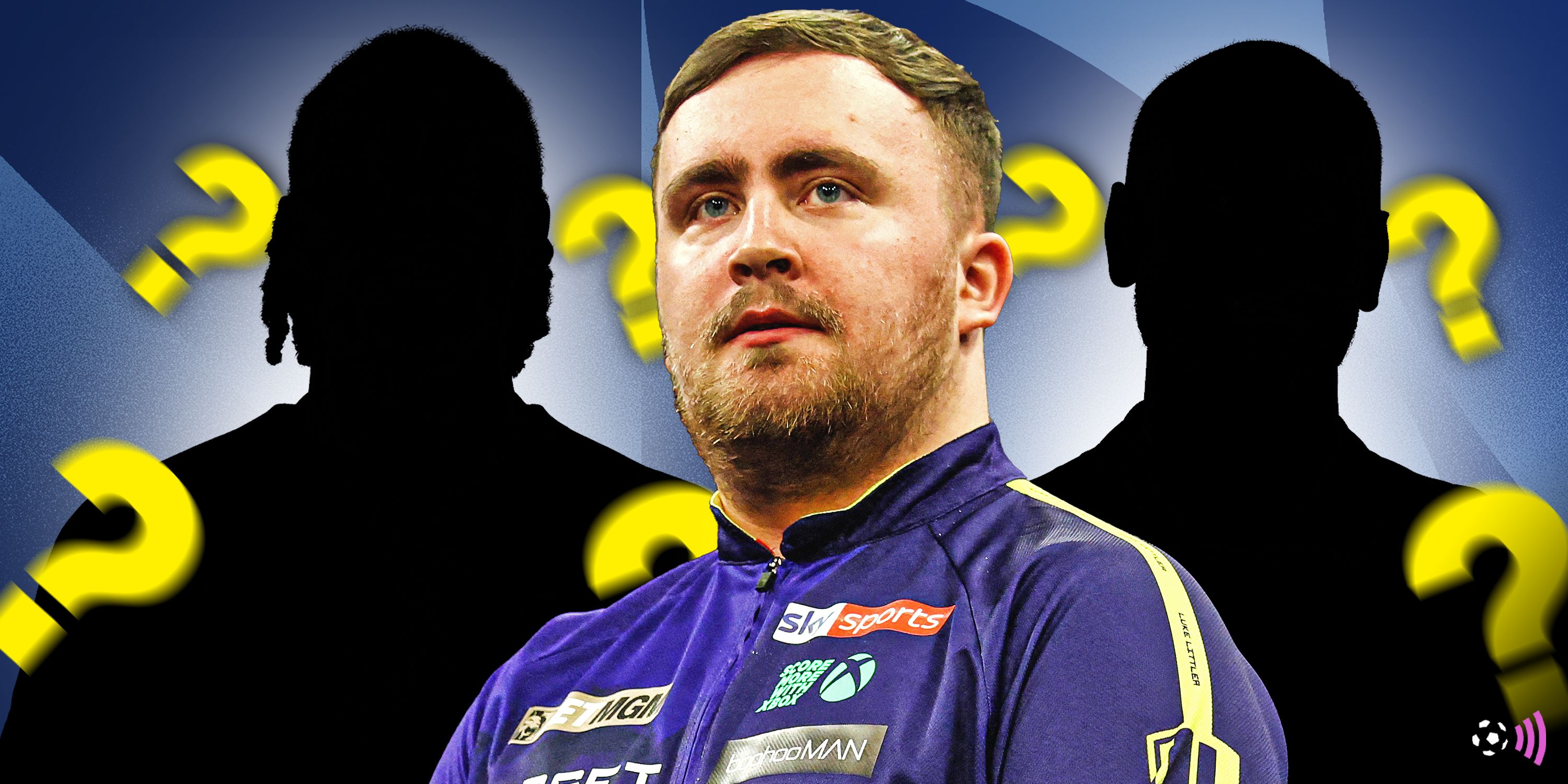


 English (US) ·
English (US) ·  French (CA) ·
French (CA) ·